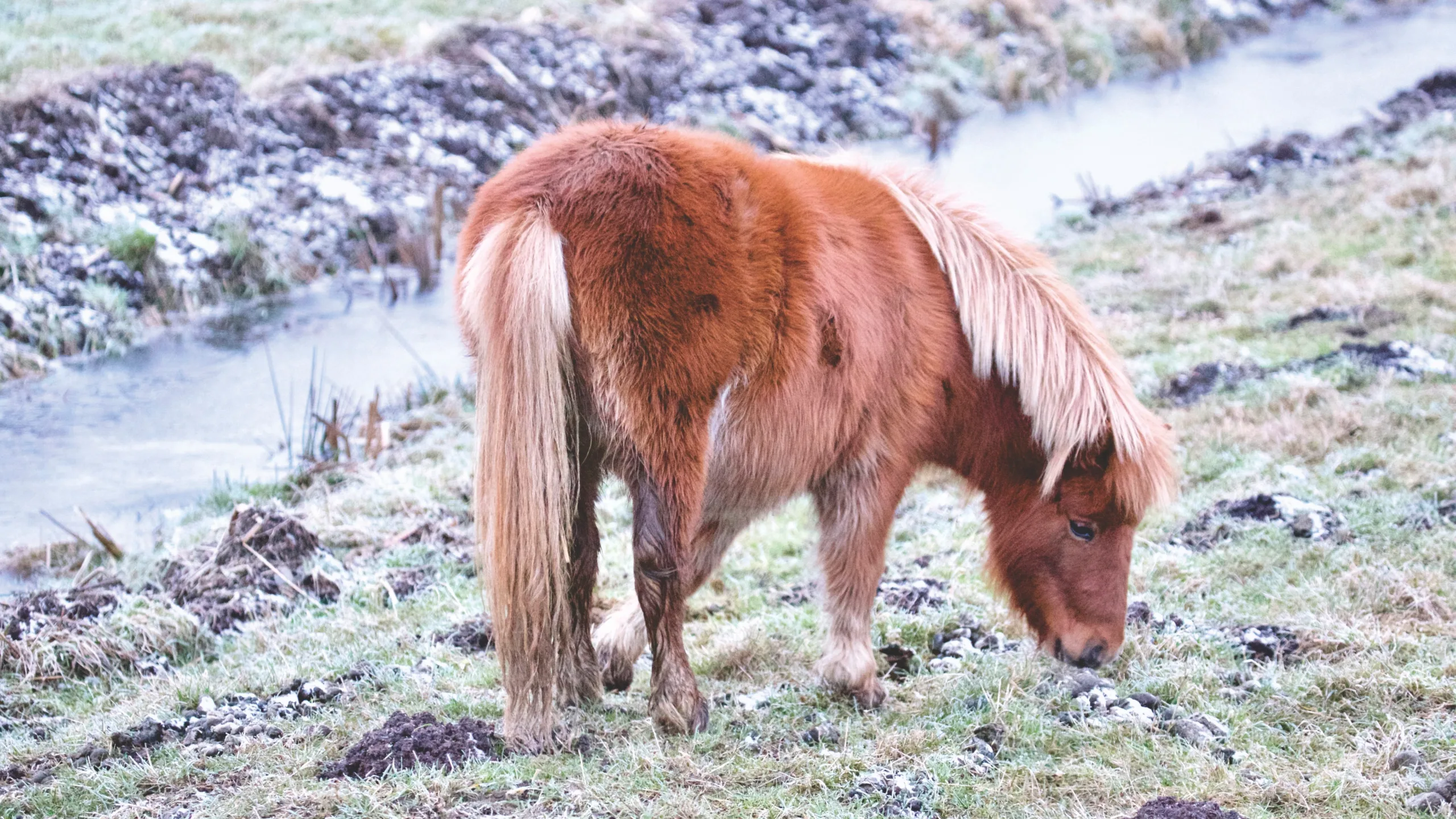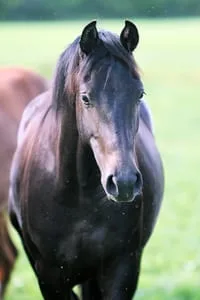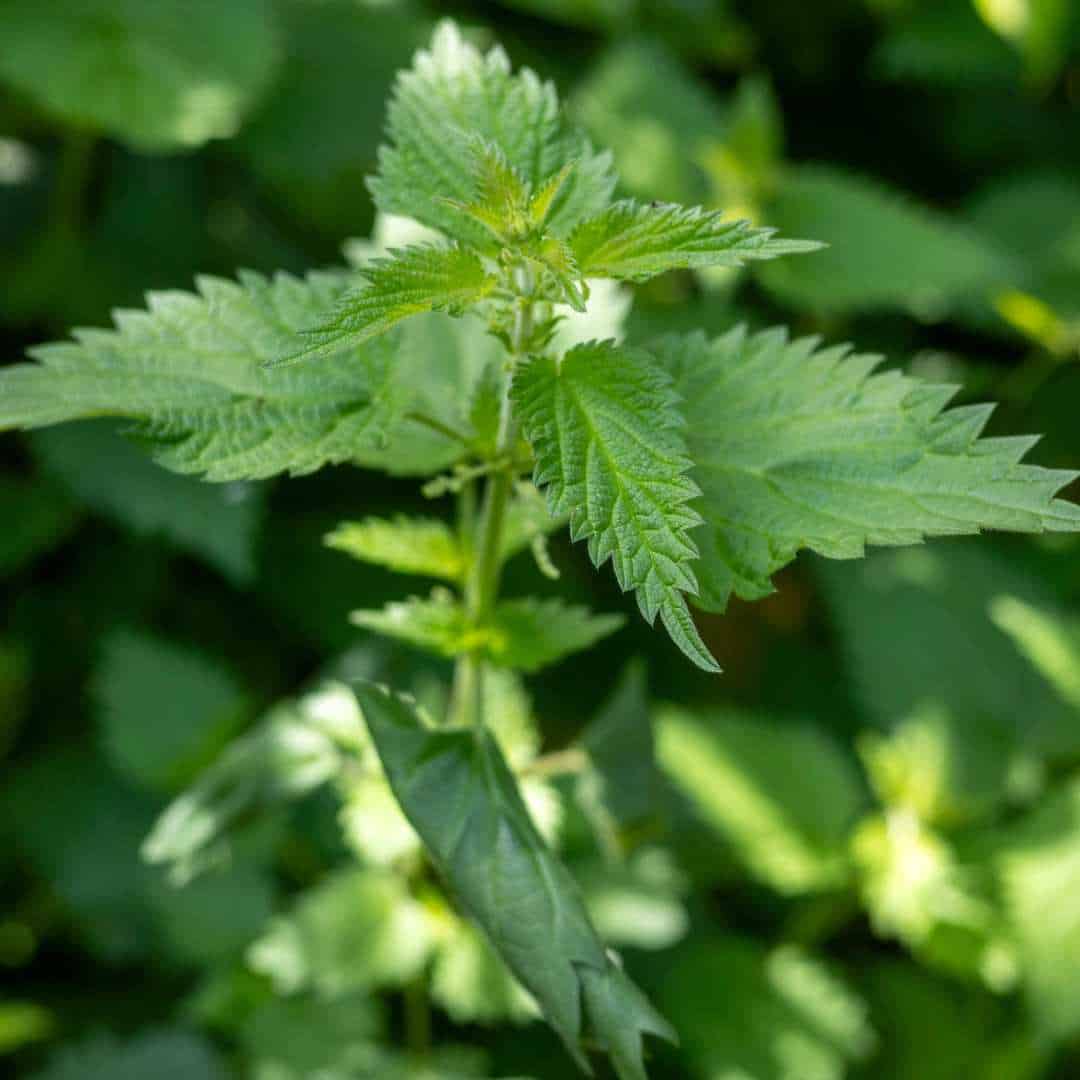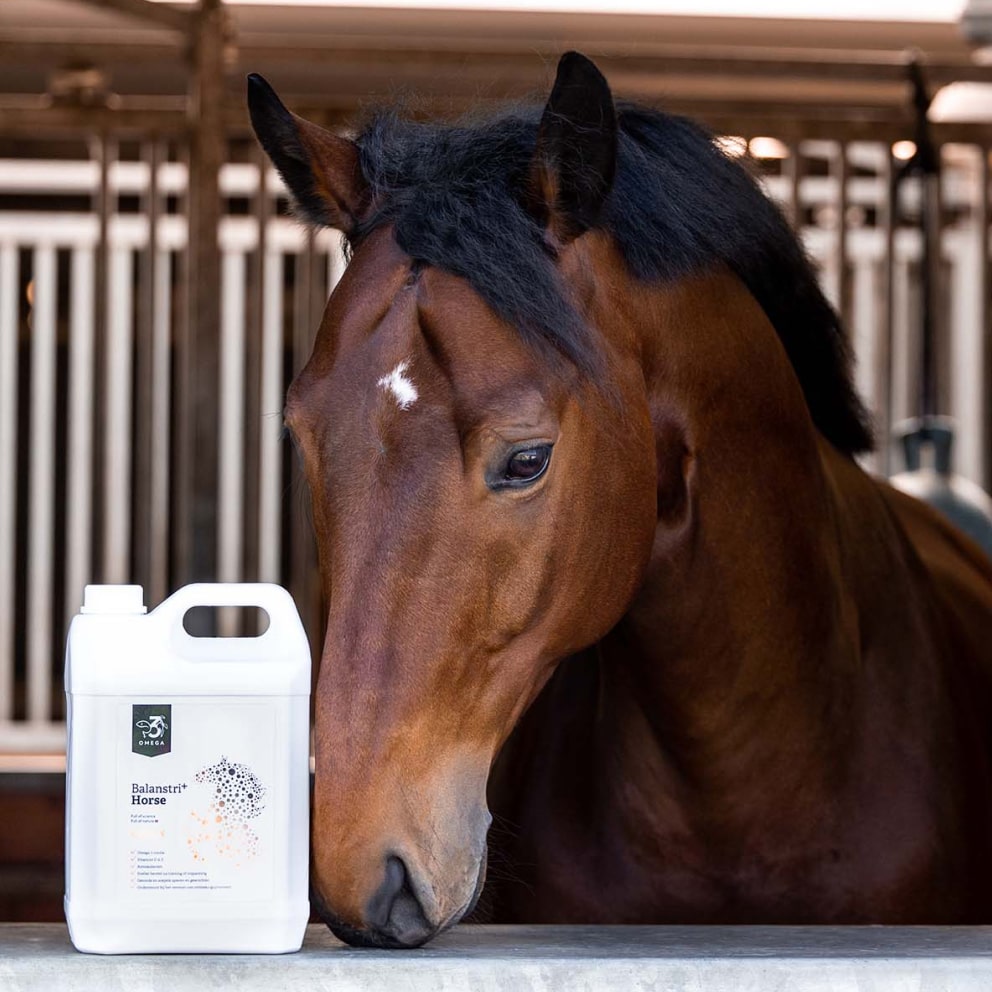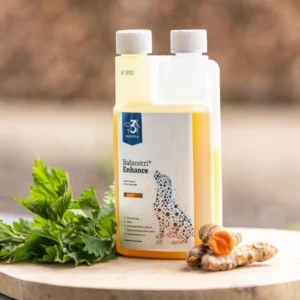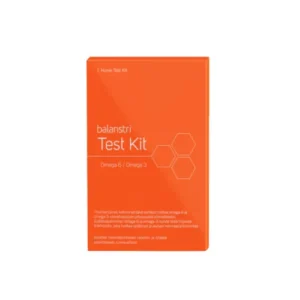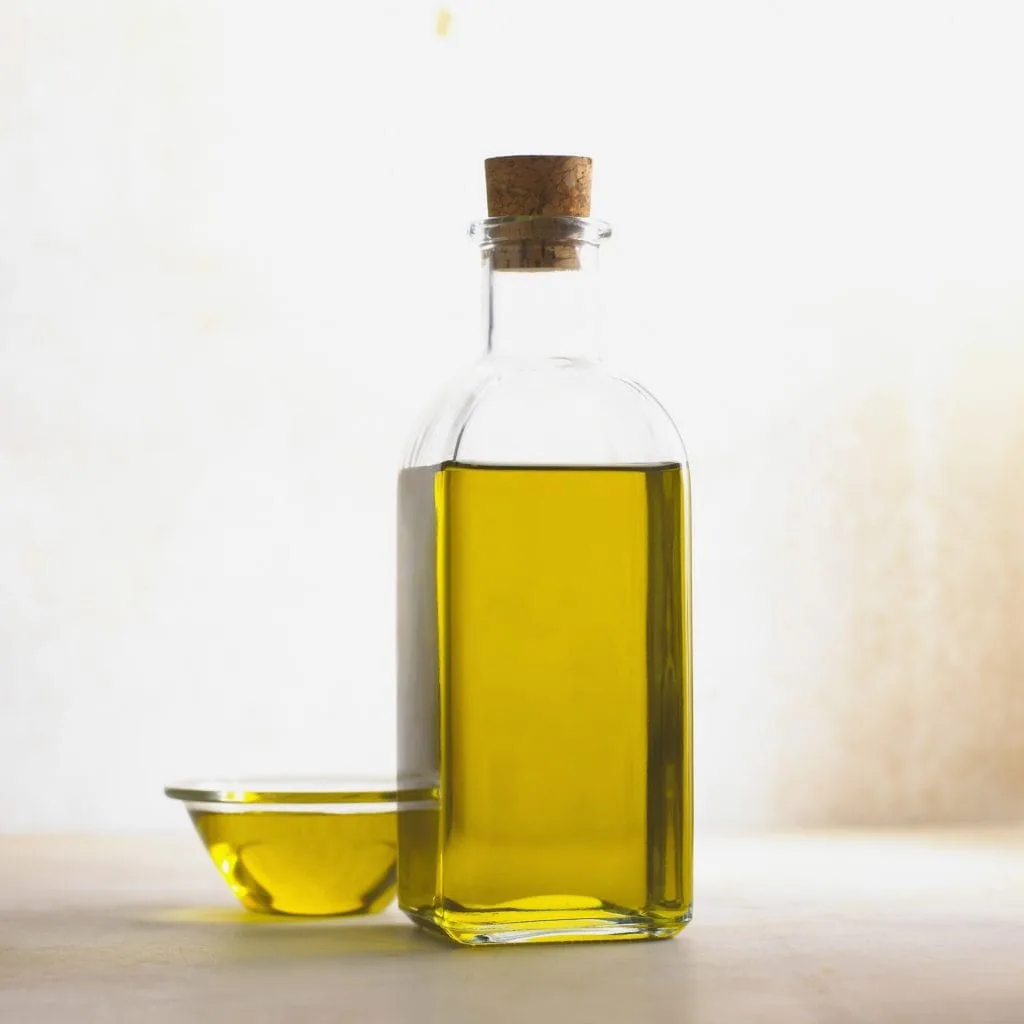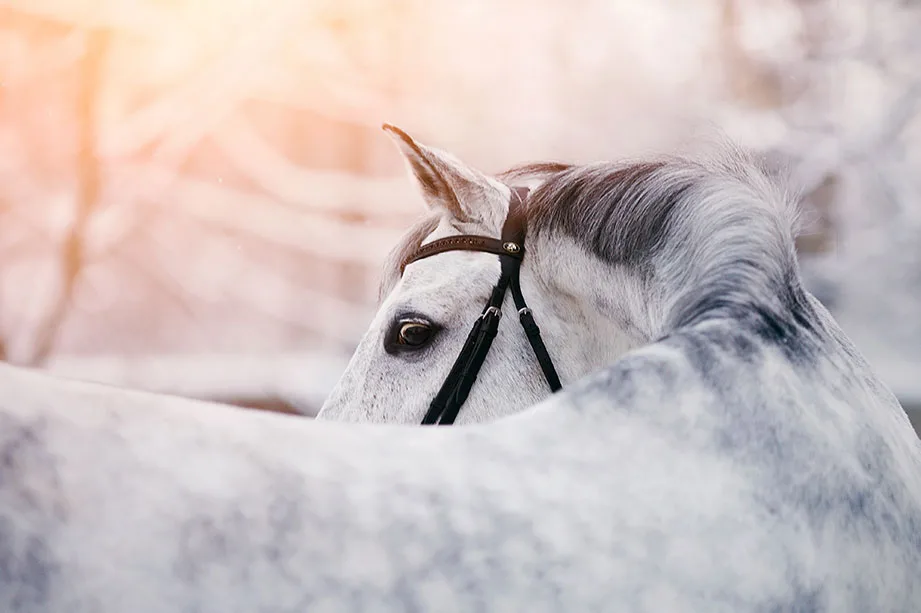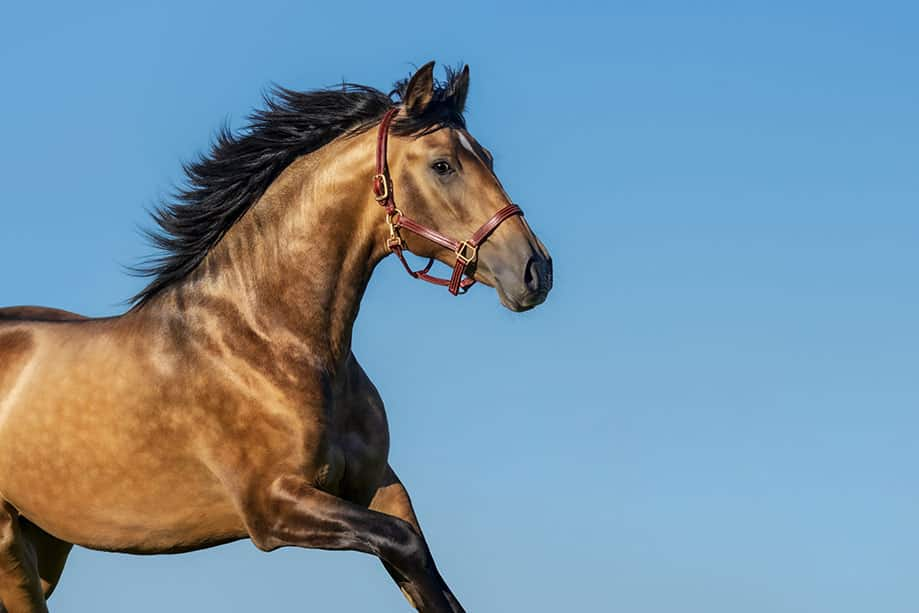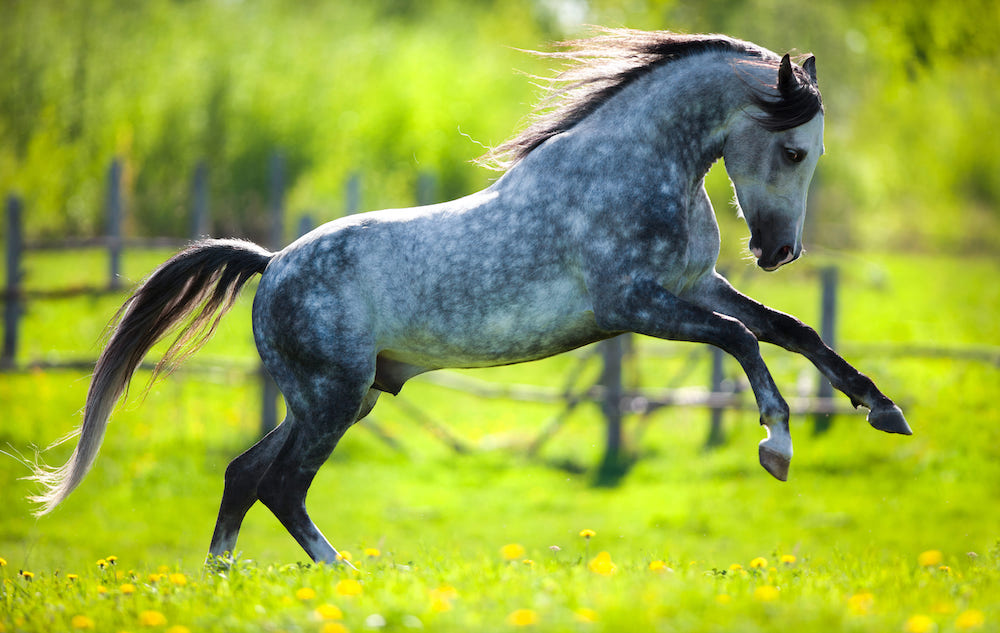Artrose bij paarden: wat je moet weten?
Stel, je paard beweegt al een tijdje wat lastiger en na onderzoek stelt de dierenarts artrose vast. Dat is even heel hard slikken! Artrose is een chronische aandoening die niet te genezen is maar met het juiste management en goede ondersteuning kun je je paard wel helpen zich goed te voelen.
Wat is artrose?
Artrose is een veelvoorkomende aandoening bij paarden. Het is een degeneratieve gewrichtsaandoening waarbij het kraakbeen in de gewrichten wordt aangetast. Het gewricht bestaat uit twee botten die omhuld zijn door een laagje kraakbeen met daartussen gewrichtsvloeistof. Bij paarden met artrose gaat de kwaliteit van het kraakbeen achteruit, waardoor deze laag dunner wordt en beschadigingen ontstaan. In ernstige gevallen kan het kraakbeen zelfs gedeeltelijk verdwijnen, waardoor het gewricht minder goed kan bewegen en schokken kan verdragen.
Artrose kan in het hele lichaam van het paard voorkomen, maar de meest voorkomende plaatsen zijn vaak de benen, de hals, de rug of het si-gewricht. Om artrose vast te stellen is een onderzoek van de dierenarts en röntgenopnames nodig. Het is belangrijk om artrose tijdig te herkennen en te behandelen, zodat het paard zo min mogelijk last heeft van de aandoening en comfortabel kan blijven bewegen.
Oorzaken van artrose bij paarden
Artrose kan bij paarden door verschillende factoren worden veroorzaakt:
- Overbelasting Intensieve training of zware arbeid kan leiden tot slijtage van het gewrichtskraakbeen.
- Afwijkende beenstand Een incorrecte beenstand kan extra druk op bepaalde gewrichten uitoefenen, wat slijtage versnelt.
- Gewrichtsinfecties Infecties kunnen het kraakbeen beschadigen en bijdragen aan de ontwikkeling van artrose.
- Ouderdom Naarmate paarden ouder worden, neemt de kans op natuurlijke slijtage van de gewrichten toe. Oudere paarden zijn ook sneller overbelast en herstellen langzamer.
- Trauma Letsel, zoals breuken of verstuikingen, kan leiden tot beschadiging van het kraakbeen en de ontwikkeling van artrose.
- Overgewicht Extra gewicht betekend ook een extra belasting op de gewrichten
Hoe herken je artrose?
De symptomen van artrose variëren en paarden zijn goed in het verbergen van pijn. Toch zijn er wel wat signalen waar je op kunt letten:
- Kreupelheid Het paard met artrose in de benen of rug vertoont onregelmatigheden in de beweging.
- Stijfheid Vooral merkbaar na rustperiodes of als het paard uit de stal komt; het paard heeft moeite om soepel te bewegen.
- Verminderde prestaties Het paard toont onwil om te bewegen.
- Buigen of strekken Als de artrose in de hals zit kan het paard moeite hebben met het buigen of strekken van de hals
- Zwelling: Soms is er een zichtbare zwelling rond het aangetaste gewricht.
Diagnose
Let op, artrose kan alleen vastgesteld worden door een dierenarts! Een nauwkeurige diagnose omvat:
- Klinisch onderzoek: Een dierenarts observeert het paard in beweging en palpeert de gewrichten op zoek naar pijnpunten of zwellingen.
- Beeldvorming: Röntgenfoto’s, echografie of MRI-scans kunnen worden gebruikt om de mate van kraakbeenschade en botveranderingen te beoordelen.
- Gewrichtspunctie: Het analyseren van gewrichtsvloeistof kan helpen bij het uitsluiten van infecties of andere aandoeningen.
Management van een paard met artrose
Artrose is een chronische aandoening waarbij eenmaal opgetreden schade aan het gewrichtskraakbeen niet meer goed zal herstellen. Hoewel genezing niet mogelijk is, kunnen verschillende behandelingen de symptomen verlichten en het ontstekingsproces in en rond het gewricht afremmen. In een vroeg stadium kunnen ontstekingsremmers verlichting bieden, terwijl voedingssupplementen met omega-3 vetzuren, glucosamine en chondroitine en speciaal hoefbeslag mogelijk ondersteuning bieden. Regelmatige en eventueel aangepaste beweging en een gezond gewicht helpen de gewrichten soepel te houden.
Effectief management van artrose bij paarden omvat onder andere:
- Aanpassing van het trainingsregime Lichte, regelmatige beweging helpt de gewrichten soepel te houden zonder overbelasting. Train alleen op goede, verende bodems en vermijd harde ondergronden.
- Gewichtsbeheersing Een gezond gewicht vermindert de belasting van de gewrichten.
- Pijnbestrijding Gebruik in overleg met de dierenarts ontstekingsremmende medicatie zoals NSAID’s om pijn en ontsteking te verminderen.
- Fysiotherapie Therapieën zoals hydrotherapie of massage kunnen de mobiliteit verbeteren en pijn verminderen.
- Aanpassing van het beslag Speciale hoefijzers of correctief beslag kunnen de druk op aangetaste gewrichten verminderen.
- Stamcel therapie Alleen mogelijk bij paarden met lichte tot matige artrose.
Ondersteuning via suppletie
Er zijn bepaalde supplementen die de gezondheid van de gewrichten kunnen ondersteunen. Let bij het voeren van supplementen wel op de kwaliteit.
Is artrose te voorkomen?
Helaas is artrose niet te voorkomen, wel kun je het risico hierop verkleinen. Dit begint met de juiste training, afgestemd op de leeftijd en het niveau van je paard. Bouw de trainingen geleidelijk op om overbelasting te voorkomen. Train alleen op geschikte bodems en geef je paard voldoende vrije beweging.
Naast beweging speelt voeding een belangrijke rol. Een uitgebalanceerd dieet en een gezond gewicht verminderen de druk op de gewrichten en verkleinen het risico op slijtage. Regelmatige controle en verzorging van de hoeven ondersteunen een correcte houding en beweging, wat gewrichtsproblemen kan helpen voorkomen.
Tot slot is het cruciaal om blessures en gewrichtsletsels direct te behandelen. Een snelle en adequate aanpak vergroot de kans op een optimaal herstel en vermindert de kans op blijvende schade die kan leiden tot artrose.
Bronnen:
Managing and treating equine osteoarthritis
Prevention and Treatment for Arthritis in Horses
Conditioning Arthritic Horses: Do’s and Don’ts
